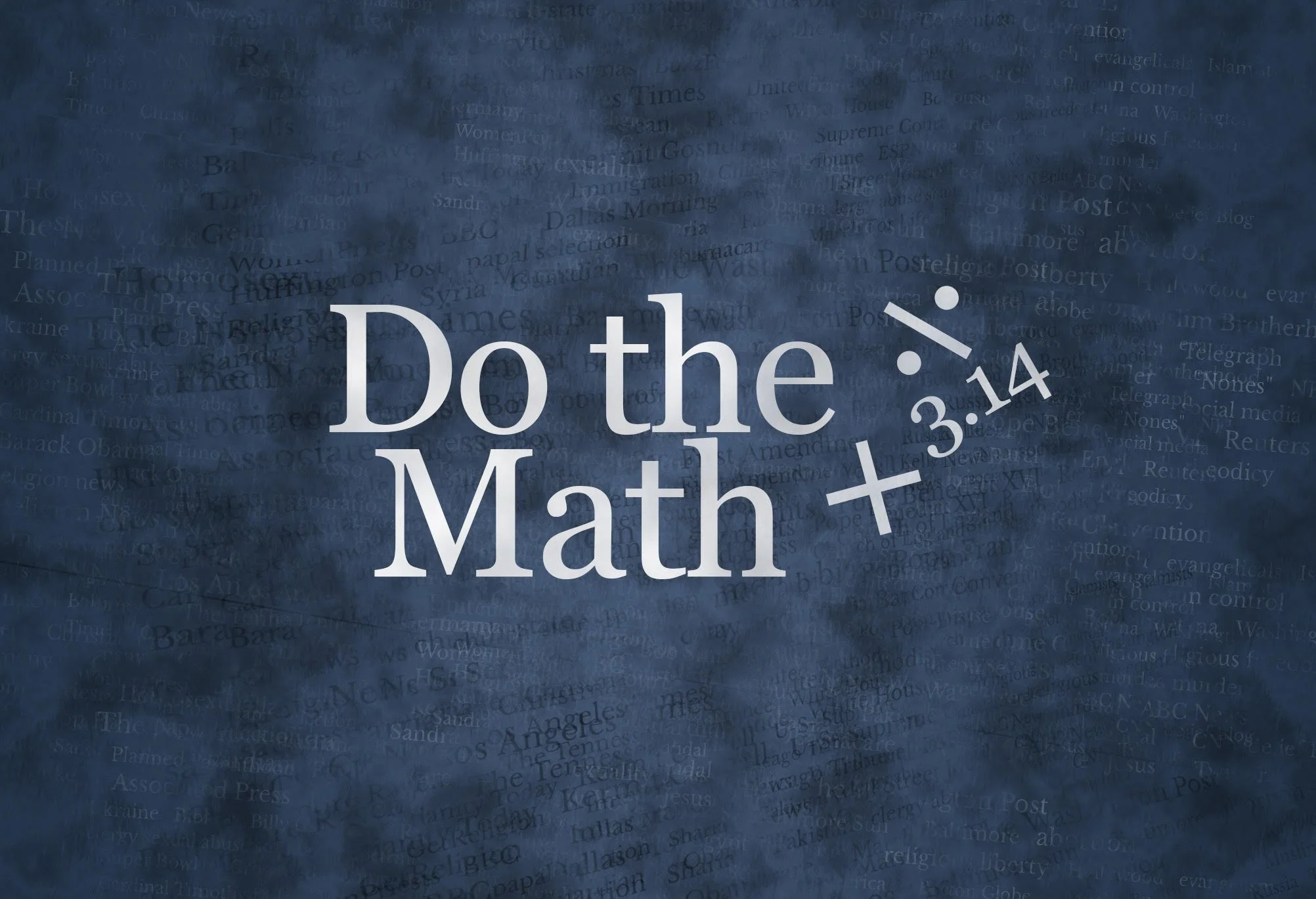Like everybody else, American religion writers are caught in a politics-drenched environment that for Republicans gets hot with the first debates August 23 and September 27 and presumably wraps up with the Ohio primary March 19, if not before.
Given the pertinence of the religion factor in U.S. politics, kudos to Yonat Shimron of Religion News Service for her piece last week spotlighting a significant article — “Clergy-lay political (mis)alignment in 2019–2020” — in the September issue of the international academic journal Politics and Religion.
The authors, Duke University sociology Professor Mark Chaves and post-doctoral researcher Joseph Roso, set out to decide whether there’s a significant gap on politics between clergy leading local congregations and the lay members in each of U.S. religion’s four largest Christian niches — “Evangelical” Protestant, “Mainline” Protestant, Black Protestant and Catholic.
The conclusions are based upon reliable and representative sets of data (see the article for particulars), The Guy perpetually chides political reporters for neglecting Catholics, who are almost always the pivotal swing voters. But reporters, who must assess hyper-newsmaker Donald Trump’s prospects for nomination and election, will be especially interested in whether there’s a significant gap between the loyally Republican white evangelical clergy and laity.
Answer: No. Their pastors and lay members are overwhelmingly the same politically, and that’s also the case with Black preachers and parishioners. However, unity on conservative politics may or may not be the same thing as unity on a particular candidate.
Meanwhile, “misaligned” differences occur with Catholics and especially with Mainline Protestants, whose pulpits vs. pews gap has been a topic of lively conversation for a half-century.
Check out the article for the full numbers and analysis. All the findings are important, but here are some key ones.










